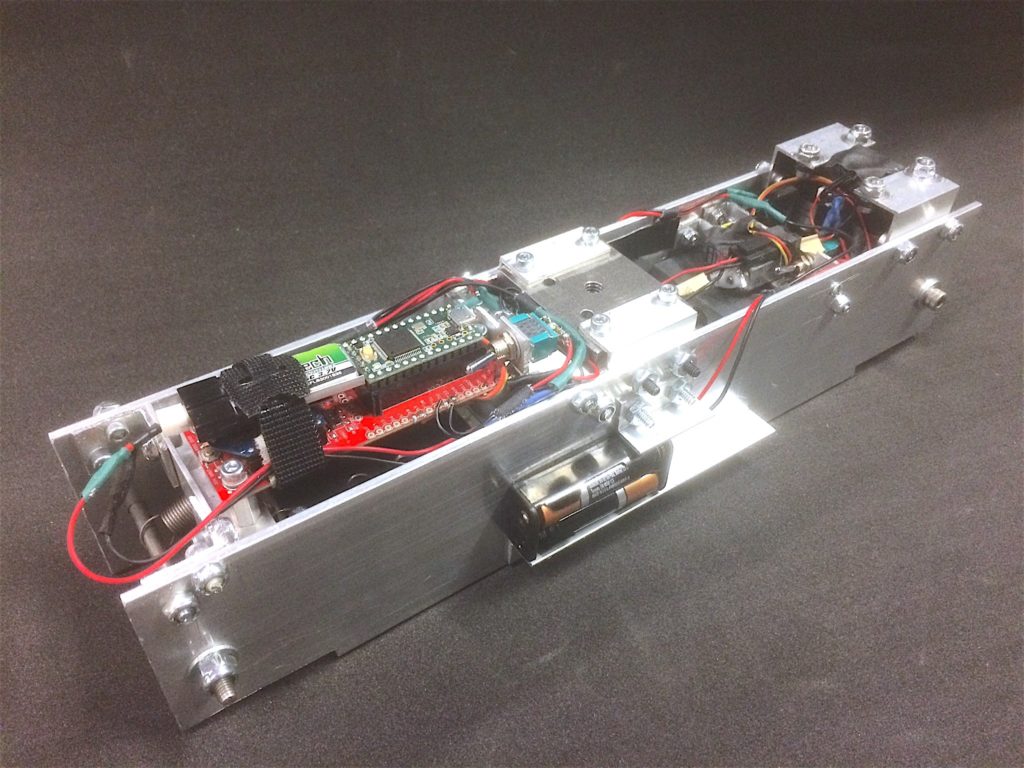Falling with Style: Sticking the Landing by Controlling Spin during Ballisitc Flight
In this paper, we examine the sensing and actuation necessary for a mechanism to alter its fall under a high rate of spin.
September 24, 2017
IEEE/RSJ International Conference on Intelligent Robots and Systems (IROS) 2017
Authors
Morgan Pope (Disney Research)
Gunter Niemeyer (Disney Research)
Falling with Style: Sticking the Landing by Controlling Spin during Ballistic Flight
As agile robots learn to run and hop, we believe they will soon also perform large jumps and spins that require graceful landing. To land properly, they will need to be aware of their relative body orientation during free fall and make appropriate adjustments. In this paper, we examine the sensing and actuation necessary for a mechanism to alter its fall under a high rate of spin. We also present a simple new robot, the Binary Robotic Inertially Controlled bricK (BRICK). This device combines information from an accelerometer, a gyroscope, and a laser range-finder to track its orientation, and adjusts spin mid-flight by rapidly changing its moment of inertia between two states. An error analysis shows mechanical inaccuracies and uncertainty to be the largest source of variation. Nevertheless, our mechanism is able to fall from arbitrary heights, with arbitrary spin, and always land in a desired orientation.

